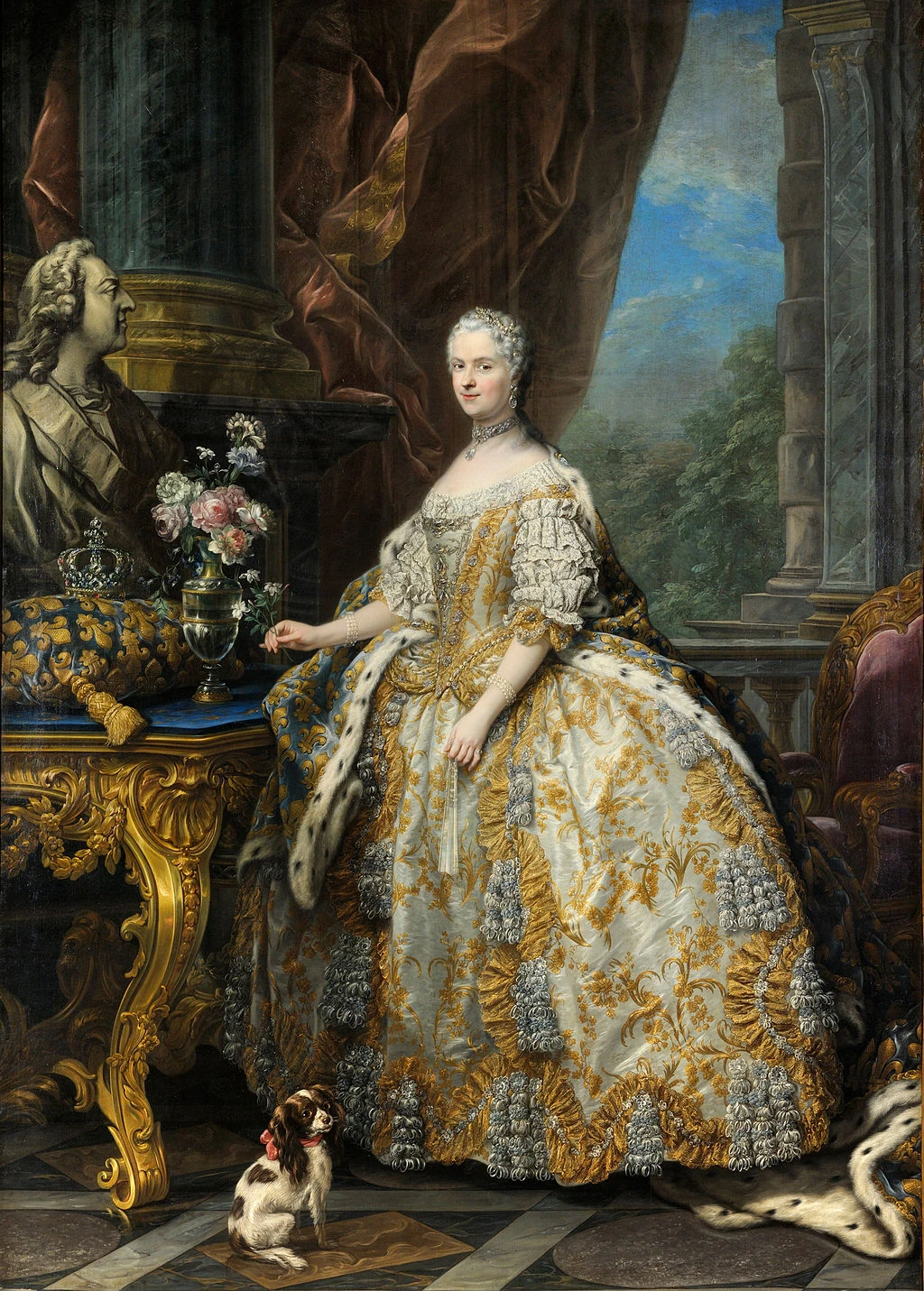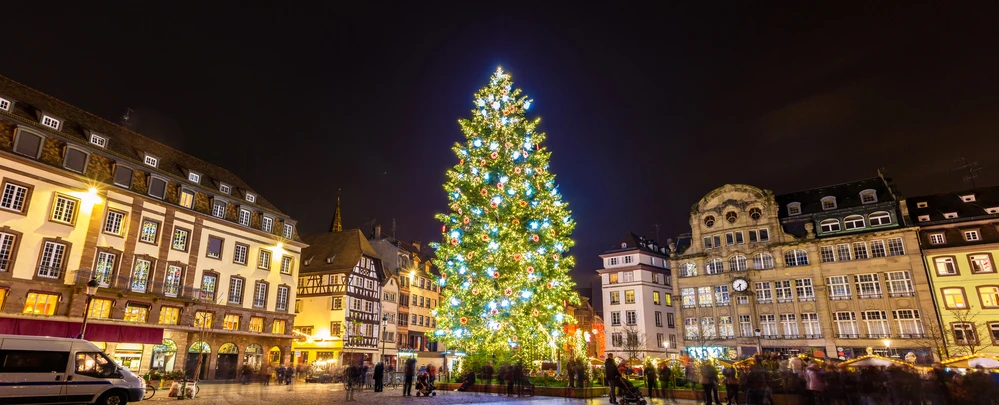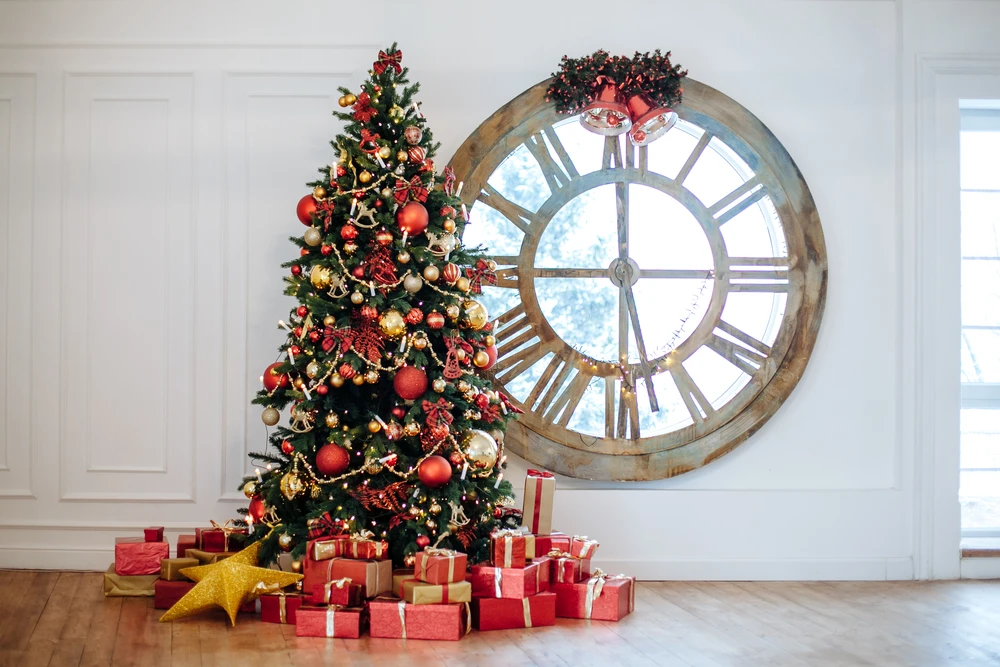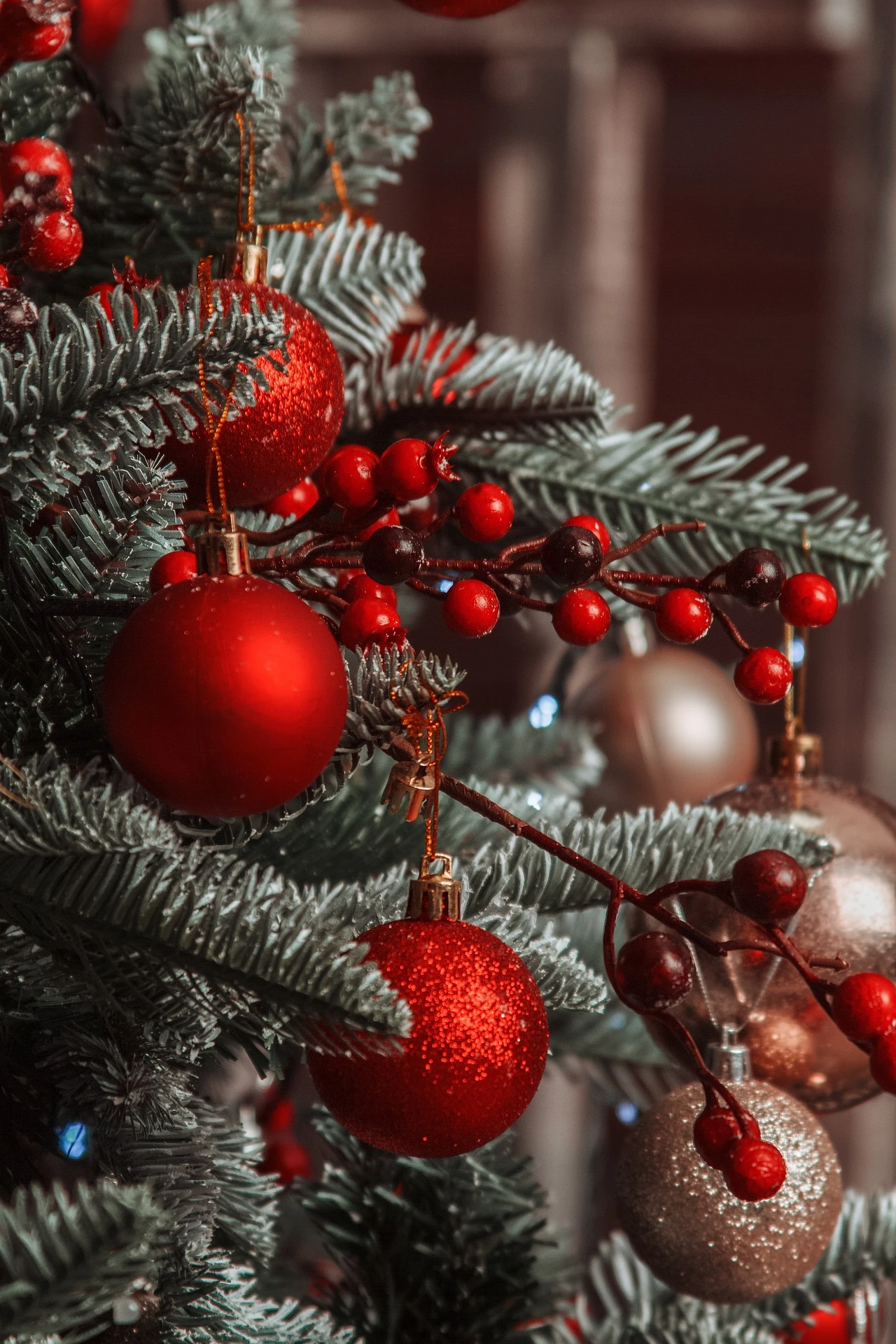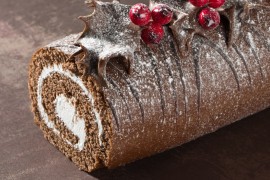An old tradition in Eastern Europe
Long before the advent of Christianity, in the countries of Northern and Eastern Europe, the fir tree was considered to be the tree of renewal at the heart of winter. At the time of the winter solstice, around 21 December, it was decorated with flowers, ears of wheat and apples. It seems that this pagan symbol became Christian over time, and that it changed from a solstice tree to a Christmas tree.In fact, it was an Irish saint who spent a long time in France, a certain Saint Columban, who is said to have made the fir tree one of the symbols of Christmas by decorating a venerated tree in the shape of a luminous cross, thus Christianising what was a pagan symbol in his time.
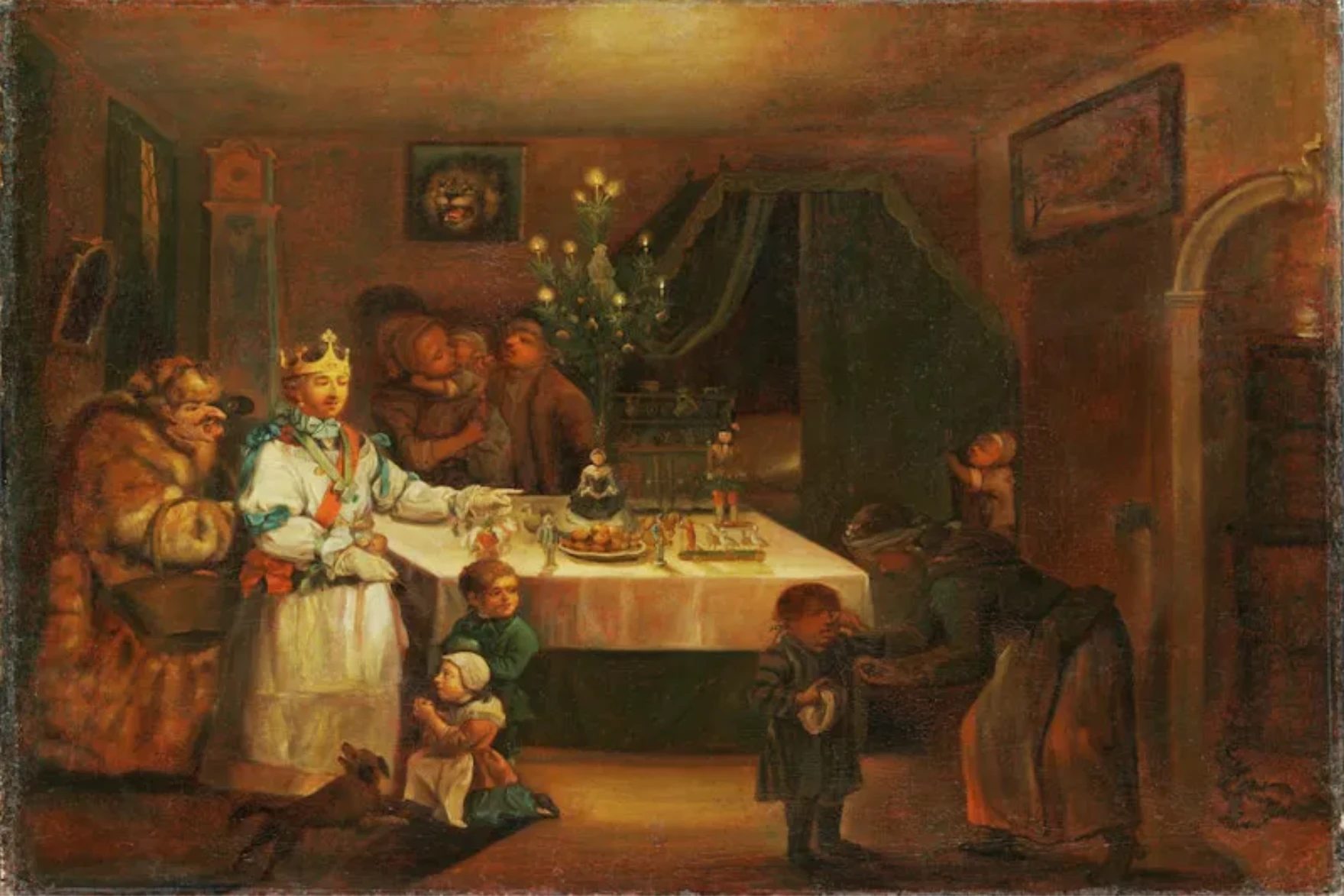 One of the earliest depictions of a Christmas tree dates from 1760, and is a painting by Nikolaus Hoffmann. Illustration chosen by monsieurdefrance.com: wikicommons.
One of the earliest depictions of a Christmas tree dates from 1760, and is a painting by Nikolaus Hoffmann. Illustration chosen by monsieurdefrance.com: wikicommons.
In 1492, the oldest mention of a Christmas tree is in France.
The earliest mention of a Christmas tree in history can be found in Alsace, where account books record that the city of Strasbourg, the capital of Alsace, paid for a number of decorated trees in 1492 and 1521. A few years later, other writings record that the city of Sélestat, also in Alsace, had its forest watched over to prevent too many trees being cut down at Christmas time.Having said that, Riga in Poland claims 1521 for its first Christmas tree, and many towns in Germany and Austria claim that they have been decorating trees for a very long time. What is certain is that Alsace is the oldest region in the world to have written records of the existence of Christmas trees. But Alsace wasn't always French. For a very long time in France, we didn't have a Christmas tree. And it wasn't for lack of trying.
A big flop at Versailles.
Queen Marie Lezckzinska tried to put up a Christmas tree at Versailles, but without success. Illustration chosen by monsieurdefrance.com: Painting by Charles André van Loo, Public domain, via Wikimedia Commons
In 1738, Queen Marie Lezsckzinska had a Christmas tree installed in her flats at Versailles , which she liked to show off to her husband, Louis XV, and to the court, as it was already an important tradition in her native Poland. But it didn't catch on at all. No one cared. And the Queen was the only one to appreciate her tree. So much so, in fact, that she abandoned the idea in subsequent years. No more trees at Versailles. It would be 150 years before they returned.
German nobility exports the Christmas tree tradition
In the 19th century, many royal alliances were made with members of the great families of the Holy Roman German Empire, a large part of which covers present-day Germany. The members of these families brought with them the tradition of the fir tree that they had known at home .In France, Sophie de Mecklenburg-Schwerin (1814-1858), daughter-in-law of King Louis-Philippe, had a fir tree installed in the Tuileries in Paris in the 1830s. In the United Kingdom, Prince Albert of Saxe-Coburg, husband of Queen Victoria, did the same with much greater success, while in the United States, German and Polish immigrants brought the tradition with them.
The strasbourg fir tree at the 2014 Christmas market. Photo chosen by Monsieur: defrance.com Leonid_Andronov via depositphotos.
Alsatians make it the emblem of Christmas.
What changed everything was the 1870 war, which saw France suffer a huge defeat in 1871. Under the Treaty of Frankfurt in 1871, France lost Alsace and part of Lorraine.Under one of the agreements, Alsatians and Lorrainers who did not want to become Germans by staying at home were given the right to opt out. Many Alsatians and Lorrainers, including some of the wealthiest, decided to leave Alsace and settle in the regions that remained French.As a result, towns like Nancy and Epinal doubled in size, and many Alsatians moved to Paris, where they set up very large brasseries. Like the German princes in the aristocratic families, the Alsatians continued the tradition of the Christmas tree in their homes and establishments. The beauty of the tree and the development of an increasingly important and commercial Christmas meant that the tree played an increasingly important role in conquering France.
A traditional Christmas tree. Photo chosen by monsieurdefrance.com: TatyanaSuyarova via depositphotos.
Christmas tree traditions
The Christmas tree was traditionally put up on 24 December for 12 days. Nowadays, many people put it up at the beginning of Advent (about a month before Christmas) and keep it up until Epiphany (5 January). It used to be decorated with 12 candles to symbolise the 12 months of the year and the 12 apostles. It is often crowned with a large star. In Catholic families, the cot is often placed at its feet.
A decorated Christmas tree. Images chosen by monsieurdefrance.com: Anastasia Lavrinovich from Pixabay
Today, a whole host of Christmas trees and decorations
These days, Christmas trees are everywhere, in the street and in the home, and there are many varieties to choose from. Decorative baubles arrived in the 19th century from Lorraine. Electric garlands were invented in America in the middle of the 20th century. Today, 4 out of 5 French people prefer a natural Christmas tree. The plastic tree continues the trend that began a few decades ago.It's not as sustainable as you might think, because although it means that natural fir trees don't have to be felled for several years, the fact that it's made of petroleum makes it a rather polluting object. We're seeing more and more original fir trees: on a wall with garlands, in books, or hanging from the ceiling... There's no shortage of imagination!

